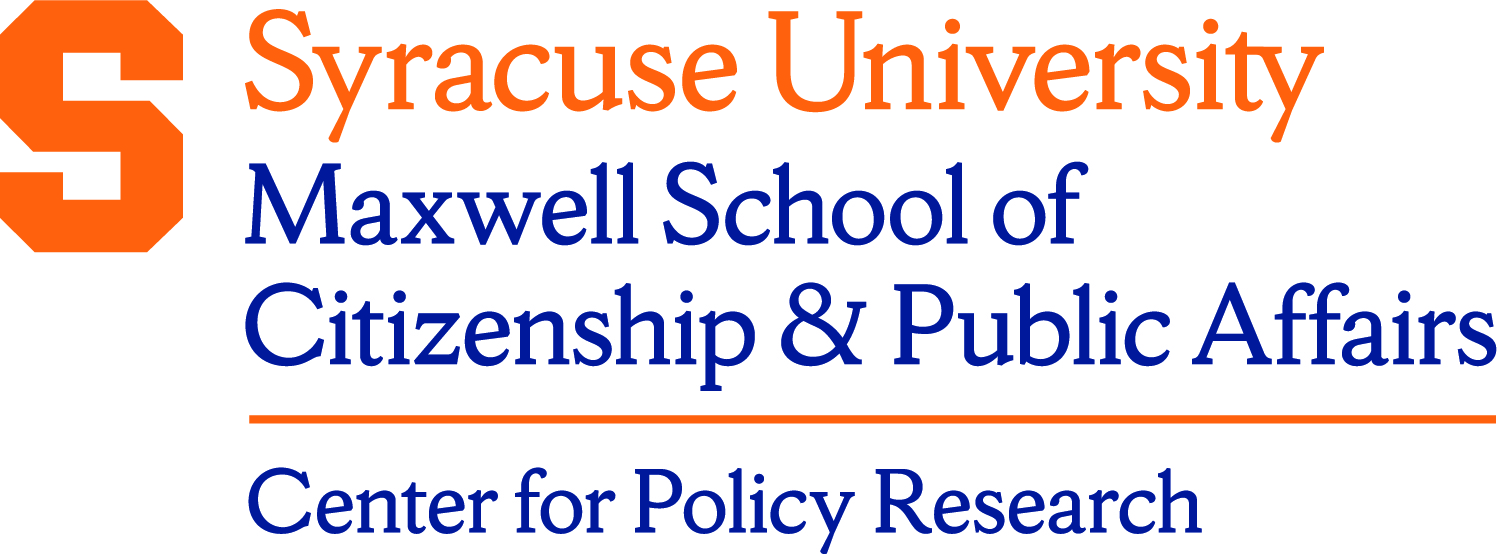Description/Abstract
This paper studies the identification and estimation of treatment response with heterogeneous spillovers in a network model. We generalize the standard linear-in-means model to allow for multiple groups with between and within-group interactions. We provide a set of identification conditions of peer effects and consider a 2SLS estimation approach. Large sample properties of the proposed estimators are derived. Simulation experiments show that the estimators perform well in finite samples. The model is used to study the effectiveness of policies where peer effects are seen as a mechanism through which the treatments could propagate through the network. When interactions among groups are at work, a shock on a treated group has effects on the non-treated. Our framework allows for quantifying how much of the indirect treatment effect is due to variations in the characteristics of treated peers (treatment contextual effects) and how much is because of variations in peer outcomes (peer effects).
Document Type
Working Paper
Date
Spring 4-2014
Keywords
Networks, Heterogeneous Peer Effects, Spatial Autoregressive Model, Two-Stage Least Squares, Efficiency, Policy Evaluation, Treatment Response, Indirect Treatment Effect
Language
English
Series
Working Papers Series
Disciplines
Economics | Public Affairs, Public Policy and Public Administration | Public Economics | Social and Behavioral Sciences
Recommended Citation
Arduini, Tiziano; Patacchini, Eleonora; and Rainone, Edoardo, "Identification and Estimation of Outcome Response with Heterogeneous Treatment Externalities" (2014). Center for Policy Research. 199.
https://surface.syr.edu/cpr/199
Accessible PDF version
Source
Local input
Creative Commons License

This work is licensed under a Creative Commons Attribution 3.0 License.
Included in
Public Affairs, Public Policy and Public Administration Commons, Public Economics Commons




Additional Information
Working paper no. 167
The authors are grateful to Badi Baltagi, Giacomo De Giorgi, Herman K. van Dijk, Chihwa Kao, Alfonso Flores-Lagunes, Kajal Lahiri, Yoonseok Lee, Xiaodong Liu, Bin Peng, Fa Wang, Ian Wright, and to participants at the Econometrics Study Group at Syracuse University and at the 2014 Camp Econometrics NY for helpful comments and stimulating discussions.
The views expressed here do not necessarily reflect those of Banca d’Italia.